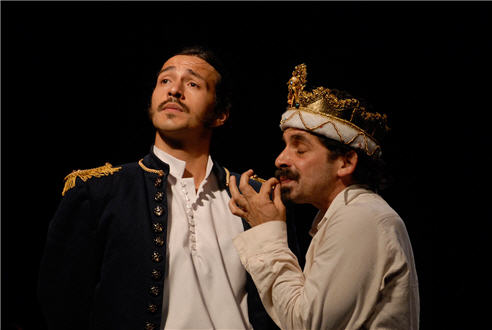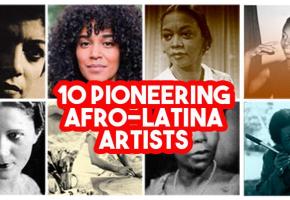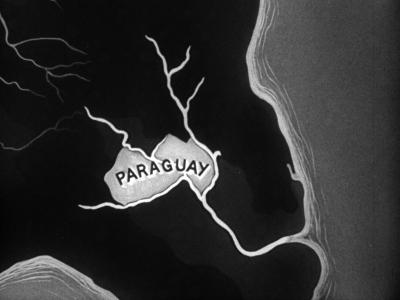1. BUENOS AIRES - Theatre Capital of the World
In any given week in spring or autumn, there are up to 700 different theatre shows in the city of Buenos Aires. It’s an incredible number. How is it possible? Most of these shows perform only once or twice a week, as oppossed to all week like they do in London and different companies share the same theatre space. On a Friday night, you might get one show that starts at 8pm, another a 9.30pm and another at 11pm. Is it all quantity and no quality? Not really. Argentine theatre is renowned for it’s excellent writing, great performances and a strong socio-political agenda. Avenida Corrientes is Buenos Aires Broadway or West End.
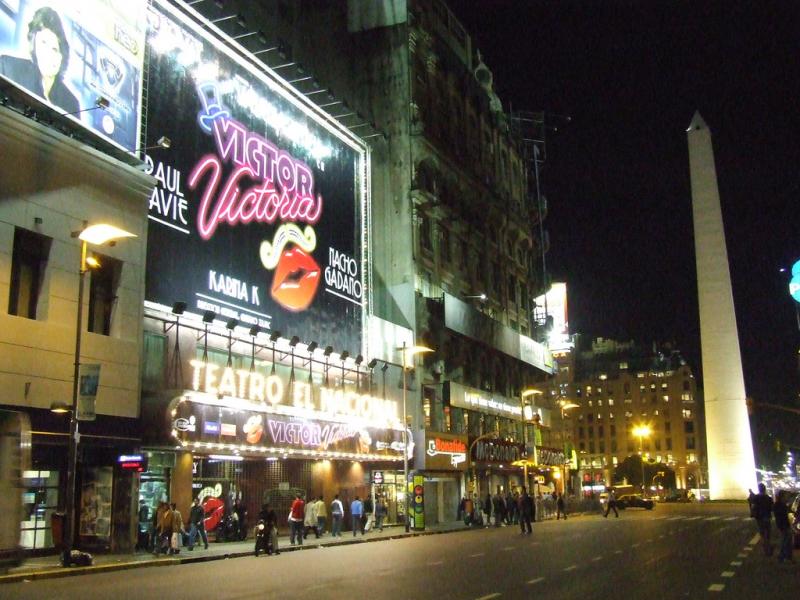
2. Theatre eisted before the conquistadores
Theatre existed In Latin America before the Europeans came to the continent. Many of the indigenous tribes of Latin America had their own rituals, festivals, and ceremonies that involved dance, singing of poetry, song, theatrical skits, mime and acrobatics. The performers were trained and they wore costumes, masks, makeup and wigs. Moreover, platforms were erected to enhance visibility and there were sets adorned with branches from trees and other natural objects.
3. How Theatre became the tool of the the enemy
Because of Latin America’s pre-columbine theatre traditon, for the first fifty years after the Conquest, the Missionaries used theatre widely to spread the Christian doctrine. The indigenous performance practice remained but the content changed. And it proved a highly efficient form of brain-washing. However, it’s maybe more shocking to discover just how far the Spanish were prepared to go. In 1599, the Jesuits used cadavers of Indigenous Natives to portray the dead in the staging of the final judgment.
4. "It's forbidden to walk on grass, but not to fly over it."
Influenced by the work of Paulo Freire and Bertold Brecht (who visited Latin America in the 1930s), Augusto Boal developed The Theatre of the Oppressed, which was designed to fight injustice and promote social and political change. The Theatre of the Oppressed invites the audience to become active “spect-actors” who can stop, analyse and change what is happening in the plays they are watching. The most famous branches of the Theatre of the Oppressed are Image Theatre, Forum Theatre and Invisible Theatre and these are now used by companies all over the world. If you’re interested in Theatre of the Oppressed and you live in the UK, check out Cardboard Citizens.
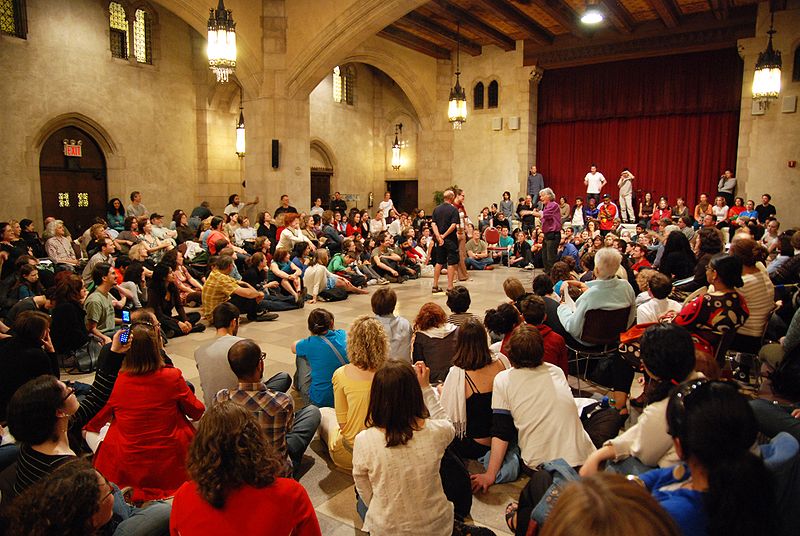
5. Sor Juana
One of the first Latin American playwrights was not only a nun but also a proto-feminist. Though she apparently never left her convent, this didn’t stop Sor Juana writing The House of Desires, a brilliant Golden Age farce that ridiculed the honour code of the time and proposed that women and men were equals. It was one of three masterpieces performed by the RSC in their acclaimed Golden Age season in 2005.
6. The powerful journey of Death and the Maiden
Death and the Maiden, one of Latin America’s most successfully exported plays by Chilean playwright Ariel Dorfman, had one reading and one workshop production prior to its world premiere at the Royal Court THetare in 1991. A year later, the play, about a woman who meets her torturer years after he had raped her under the military dictatorship, opened on Broadway with Glenn Close, Richard Dreyfuss and Gene Hackman. Both productions went on to win major awards. In 1994, Roman Polanski made it into a film starring Sigourney Weaver, Ben Kingsley, and Stuart Wilson. Last year the play returned to London's Harold Pinter Thetare starring Thandie Newton. A particular version of this play was held in 2010 in the Arab Theatre in Haifa, Israel, directed by Juliano Mer Khamis the arab-Israeli filmmaker and activist, who was assassinated a few months later.
7. Santiago a Mil
Santiago biggest theatre festival is called Santiago a Mil because when it started you used to be able to buy every ticket for just Chilean mil pesos. Now that’s a good deal!
8. Gael Garcia Bernal - Mexican born, London trained
Before he became a worldwide movie star, Mexican actor Gael Garcia Bernal trained at London’s Central School of Speech and Drama. Clearly a fan of London, he later appeared in Blood Wedding at the Almeida Theatre.
9. The phenomona of Circo para Todos
Founded in 1997, Circo Para Todos (Circus for all) took its inspiration from the El Sistema, the phenomenally successful Venezuelan music programme that works with talented but impoverished children and has produced the Simon Bolivar Youth Orchestra and it’s conductor Gustavo Dudamel. Like El Sistema, Circo Para Todos was set up to offer poor children from the city of Cali the chance to develop circus skills. Now the very best become part of Circolombia, a youth circus troupe that has already wowed audiences across the world. If you want to catch them, they perform regularly at the Roundhouse, Edinburgh Fringe and across Europe.
10. And, finally, a First for Latino theatre in the UK
In the US, we are used to seeing Latin arts and culture rewarded n the mainstream. But not so in the UK. So, it was a big deal when this year 'Juana in a Million" one a First at The Edinburgh Fringe Festival. The show, written by Mexican actress Vicky Araico Casas and Nir Paldi (who also directs), was a complete sell out. Described by critics as a beautiful piece of physical theatre, featuring a remarkable performance from Araico Casas, it tells the story of Juana, a young woman who leaves her native Mexico following a terrible tragedy at the hands of warring drug cartels; she arrives in London with nothing but a ready smile and the address of a relative. There, in our apparently civilised and democratic capital, she is repeatedly exploited, deceived and abused. "This is a story we really want to tell so we are delighted with the recognition, as it means we'll be able to tell it to more people." We can't wait for the London debut!


